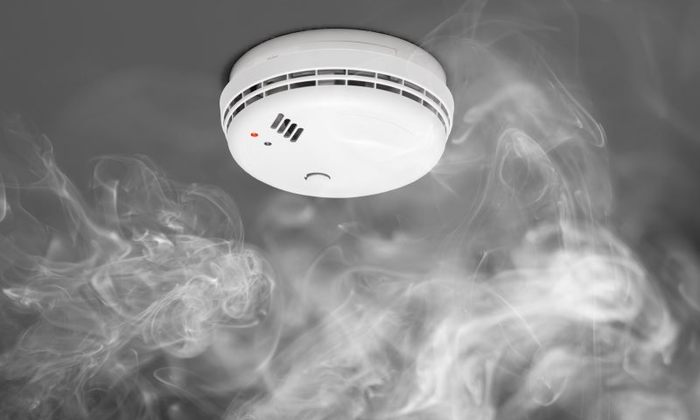Smoke alarms
Smoke alarms are the first line of defence against house fires. Yet, every year people take the batteries out of their smoke alarms because they cause a nuisance, are too sensitive or give false alarms.
Types of smoke alarms
Not all smoke alarms are the same and it is important to choose the right one. There are two different types: ionisation and optical (or photo-electric).
Ionisation alarms are very sensitive to cooking vapours and if placed near a cooker or toaster are likely to give frequent false alarms.
Optical alarms detect larger particles of smoke, the kind that are produced by a slow smouldering fire before it bursts into flames. They are more sensitive to smoke from cigarettes.
Ionisation alarms are cheaper and more readily available than optical alarms, however, their sensitivity means people often take the batteries out rendering the alarm completely useless.
Heat alarms
Smoke alarms should not be located in or near kitchens or showers as they will react to cooking vapours or steam very quickly, instead, heat alarms should be installed, however, these are slower in reaching their alarm point and are not suitable for protecting ‘life’ risks.
Maintaining smoke alarms
Keeping smoke alarms in good working order is quick and simple and can make the difference between life and death in a fire.
- Once a week press the test button and check the alarm is still working.
- Once every three months clean the alarm with the vacuum brush attachment.
- Once a year, if the smoke alarm is battery operated, change the battery.


